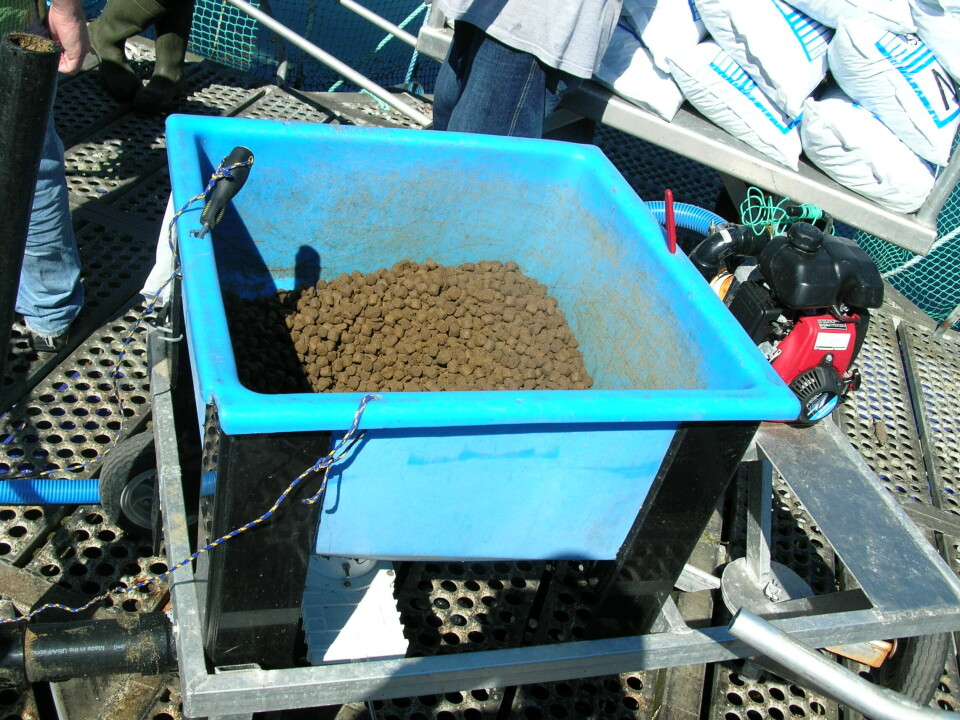
Wrong to demonise Chinese
According to IFFO, the paper - published in Science and entitled China's aquaculture and the world's wild fisheries' - correctly lists some key areas of concern: including the need for the better use of aquaculture by-products, the country's poor control over the exploitation of mixed fisheries and the lack of accurate data available in China.
However, IFFO argues, some important facts were ignored regarding the current use of by-products, the levels of fishmeal used in aquaculture compared with land animal production, and the overall net fish production versus the use of fishmeal.
IFFO and FAO estimate that around one third of current global fishmeal is already coming from fish processing by-products and a recent FAO OECD page predicted that this would increase to over 40% by 2020. In China, the most recent data from FAO estimates that processing by-products make up around 40% of fishmeal production. Whilst the production of formulated aquaculture feeds in China has trebled - from around 5 to 15 million tonnes over the last ten years - the use of fishmeal has only doubled, according to IFFO data, from 500,000 tonnes to 1 million tonnes.
IFFO also states that the paper fails to mention that, whilst aquaculture in China is the biggest user of fishmeal, the country's land animal production uses around 700,000 tonnes annually. IFFO data suggests that imports into China in 2012 were around 1.2 million tonnes and local production was around 0.5 million tonnes, with aquaculture using 1 million tonnes and agriculture around 0.7 million tonnes.
Finally, in the last two years aquaculture production in China has continued to grow, whilst fishmeal imports have decreased considerably to well below 1 million tonnes. IFFO is therefore of the opinion that China’s fed aquaculture industry produces far more fish than it consumes, drawing a conflicting conclusion to that found in the paper.
"IFFO supports the central message of this paper that the Chinese government and industry must ensure that both imported and domestically produced fishmeal is produced from responsibly managed fisheries. However, as with most modern aquaculture, in China the amount of fish used in feed is now less that the amount of farmed fish produced,” said Andrew Jackson, Technical Director at IFFO
IFFO agrees with the challenges faced in accessing accurate information in China so has initiated a project working with the FAO and the China Fisheries Society to gather more data on the production of fishmeal and its raw material usage in each province. The paper also draws attention to the potential of improving the use of aquaculture by-products, from both China and abroad. Although the fishmeal produced from this raw material would usually have a lower protein content, IIFFO argues, via best industry practice it can produce an excellent finished product ideal for use in many aquaculture feeds.
The poor control over the exploitation of the mixed fisheries in China is also highlighted in the paper. The fish caught in these fisheries are either fed directly as wet fish in marine farms or delivered to fishmeal plants where no attempt is made to record its origin and volume. This lack of control is already having a serious effect on the productivity of these fisheries and IFFO endorses the desire of the report for more responsible production of fishmeal and fish oil in China.






















































